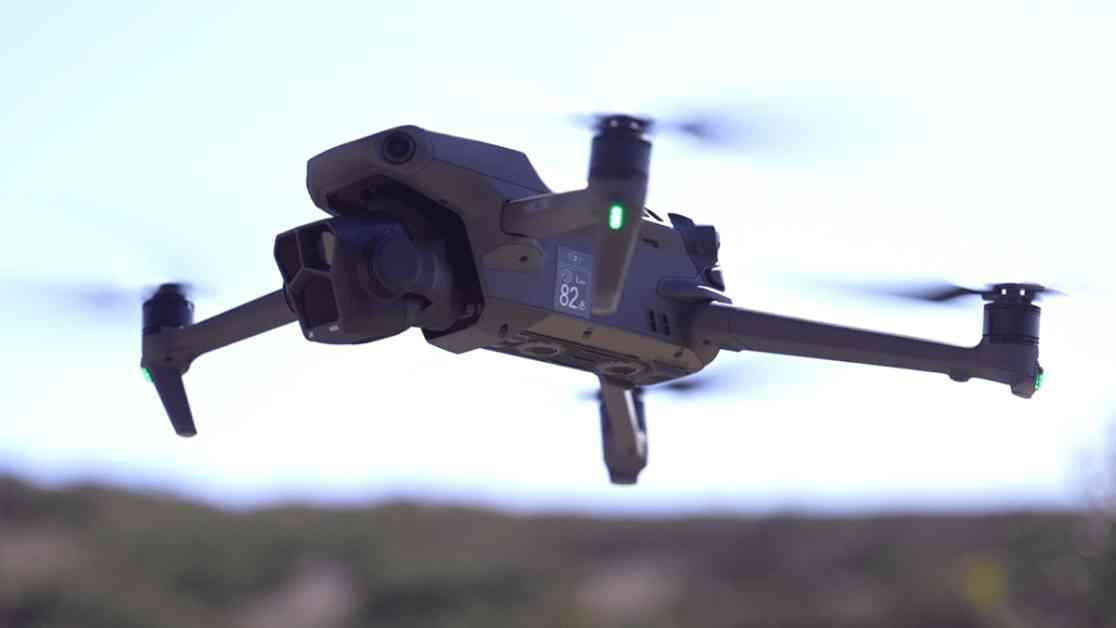White House Confirms Most Mystery Drones Over NJ Were Authorized
In a surprising turn of events, the White House, under the Trump administration, confirmed that the mysterious drones spotted over New Jersey and the tri-state area at the end of 2024 were, in fact, authorized by the Federal Aviation Agency (FAA). During the administration’s first press conference, White House Press Secretary Karoline Leavitt shed light on the situation, revealing that the FAA had given the green light for the drone flights due to research and other legitimate reasons.
Leavitt’s statement aimed to dispel any notions of imminent danger, emphasizing that the drones were not a threat. However, she acknowledged that the situation escalated when hobbyists, recreational enthusiasts, and private individuals joined in, launching their own drones out of curiosity. This influx of unauthorized drone activity added to the chaos and confusion surrounding the sightings.
The sightings, which occurred in November and December across New York, New Jersey, and neighboring states, caused a stir in the region. The incidents led to the closure of at least one airport, resulted in arrests, and prompted urgent calls for increased oversight from lawmakers and the FAA. The influx of drones in the airspace raised serious safety concerns and highlighted the need for stricter regulations.
To address the escalating situation, the FAA imposed temporary flight restrictions on drone operations in New Jersey and New York, which were lifted in certain areas on January 19. Following the relaxation of restrictions, reports of drone sightings have resurfaced, extending from Connecticut to New Jersey. While the FAA has not yet confirmed these new sightings, the agency emphasized its role in ensuring the safe and responsible operation of drones within the National Airspace System.
Expert Insights on Drone Regulations and Safety
To delve deeper into the implications of the authorized drone activity and the subsequent surge in unauthorized flights, we reached out to Dr. Amelia Richards, a leading expert in drone regulations and safety. Dr. Richards highlighted the importance of striking a balance between innovation and safety in the rapidly evolving drone industry.
“As drones become increasingly popular for recreational and commercial purposes, it is crucial to establish clear guidelines and regulations to prevent airspace congestion and potential hazards,” Dr. Richards explained. She stressed the need for enhanced education and awareness initiatives to promote responsible drone usage among enthusiasts and the general public.
Moreover, Dr. Richards emphasized the pivotal role of regulatory bodies like the FAA in enforcing strict guidelines and monitoring drone activities to ensure public safety. By implementing robust regulatory frameworks and leveraging technology for effective drone tracking and identification, authorities can mitigate the risks associated with unauthorized drone operations.
The Future of Drone Regulation and Compliance
Looking ahead, the surge in drone sightings over New Jersey and the tri-state area underscores the pressing need for comprehensive drone regulation and oversight. As drones continue to gain popularity and accessibility, policymakers and regulatory agencies must collaborate to establish clear guidelines and enforcement mechanisms to safeguard airspace integrity and public safety.
By fostering a culture of compliance and accountability within the drone community, stakeholders can work together to prevent unauthorized drone activities and minimize the risks posed by airspace incursions. Through continued dialogue, education, and technological innovation, the drone industry can evolve responsibly, ensuring that drones remain a safe and beneficial tool for various applications.
In conclusion, the recent revelations regarding the authorized drone flights over New Jersey shed light on the complexities of drone regulation and safety in the modern era. By addressing the challenges posed by unauthorized drone activities and strengthening regulatory frameworks, stakeholders can pave the way for a safer and more sustainable future for drone operations.


